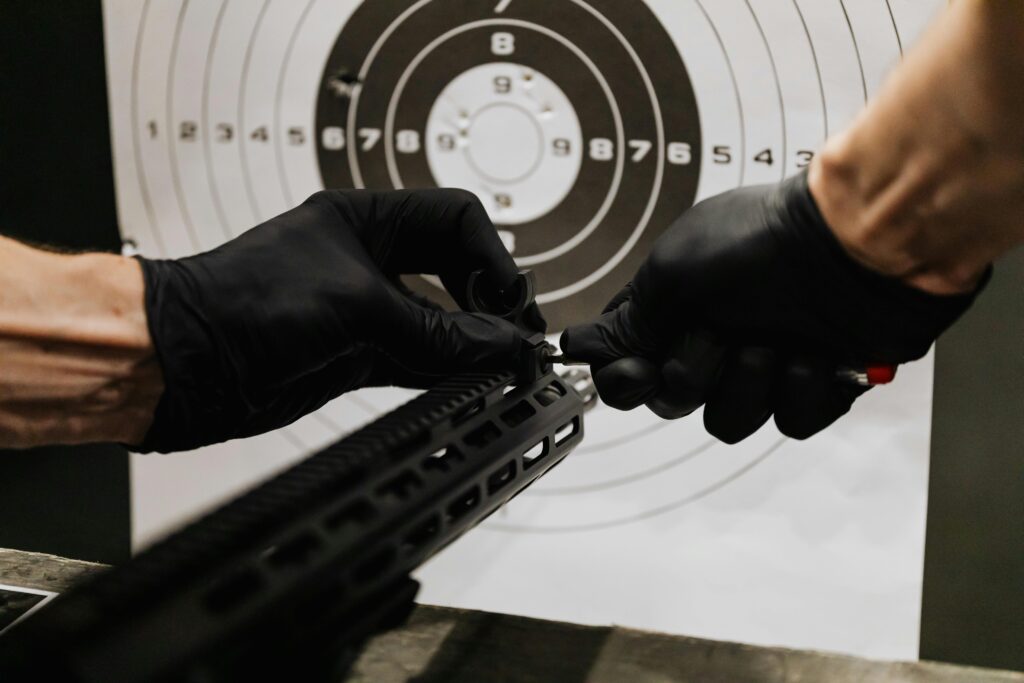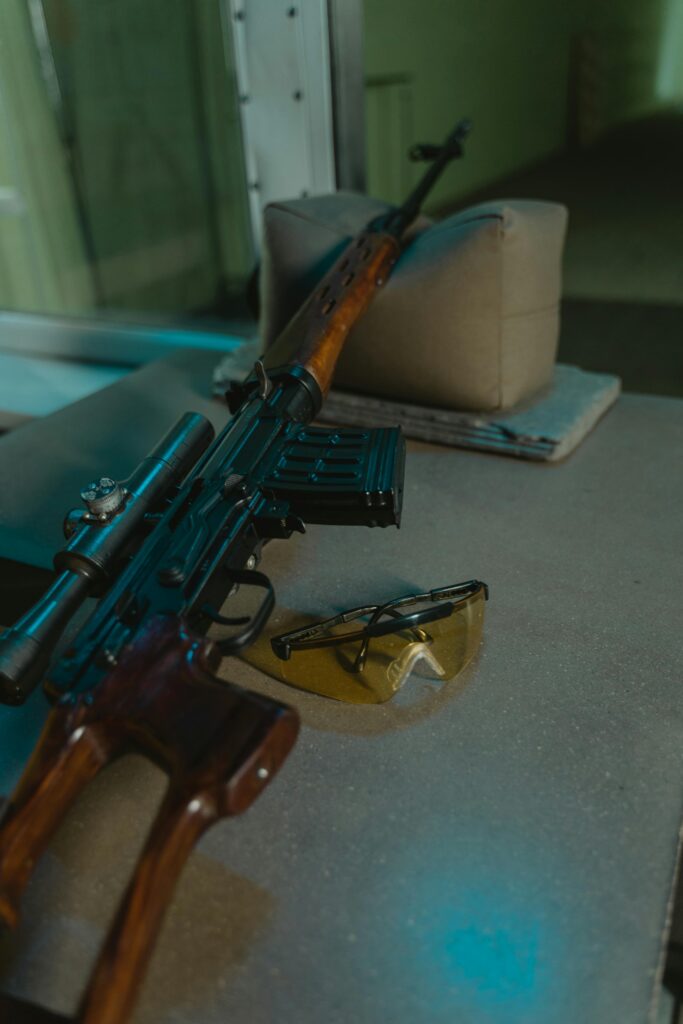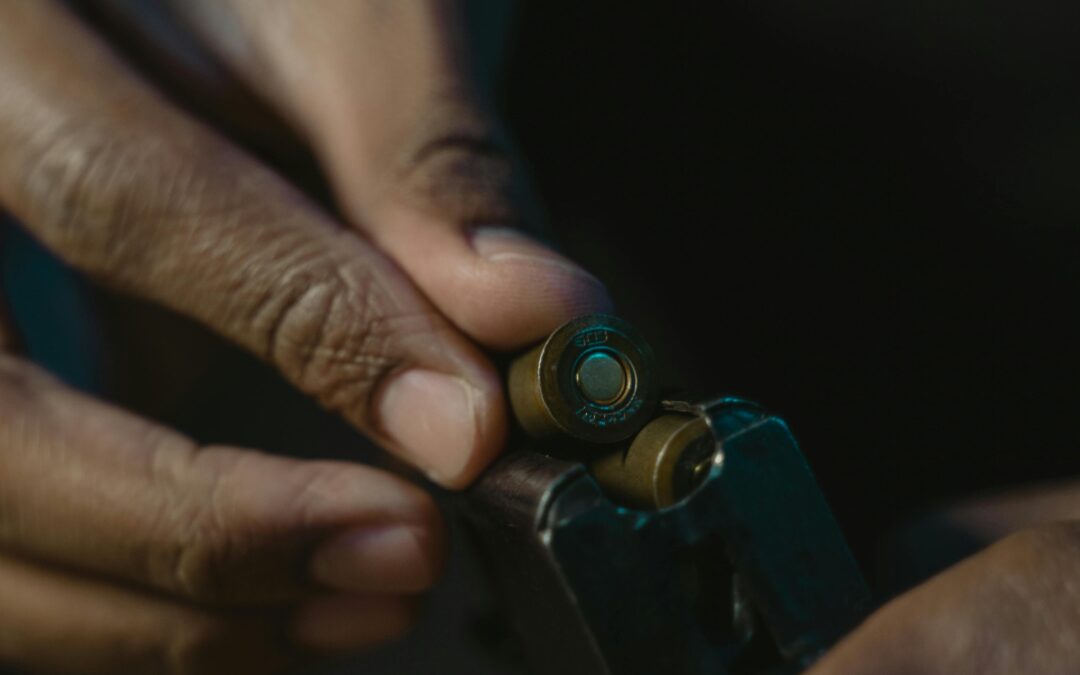Alright, let’s settle something right now: guns don’t just magically appear in a box like some souped-up LEGO set. They’re not grown on some secret farm next to the crops of freedom and apple pie. Guns are engineered, forged, assembled, and fine-tuned with a level of precision that most of us could only dream of implementing in our day-to-day lives. Curious how it all happens? Buckle up. We here at Maui Ammo and Gun Supply are about to take a deep dive into the nuts, bolts, and badassery of gun making and answer the question, how are guns made?
How Are Guns Made: Putting Together the Pieces
Big Ideas Start Small: The Blueprint Stage
Looking for the shortest answer to the question, how are guns made?: A dream. Okay, sorry, that was a little overdramatic. But before a single chunk of metal gets cut, it all begins with a dream—and a really, really detailed blueprint. Engineers sit down with computers and churn out CAD (computer-aided design) files that are so intricate, they’re practically maps to the universe. Every angle, every curve, every tiny pinhole is planned out in excruciating detail. Why? Because precision matters.
Mess up a single spec, and congratulations, you’ve just built an expensive hunk of metal that shoots… itself. Or nothing at all. So, yeah, no pressure.

What are Guns Made of? The Raw Materials
Part of learning the answer to “how are guns made?” is understanding the materials. Guns start their life as boring slabs of metal and polymer. You know how Michelangelo looked at a block of marble and saw David? Same vibe here, except instead of statues, you get something that goes bang.
- Steel: For barrels and other parts that have to endure explosions. Because explosions are kinda the whole point.
- Aluminum: Perfect for things that need to be strong yet lightweight—think frames and receivers.
- Polymer: The Glock fan club knows this one well. Durable, lightweight, and ideal for surviving the apocalypse.
The raw materials roll into the factory looking like they’re destined to be someone’s boring science project. But trust me, it’s about to get spicy.
Machining: Turning Blocks Into Brilliance
Here’s where things go from “meh” to “holy hell, that’s cool.” Machining takes those chunks of raw material and transforms them into precision parts.
- CNC Machines: These bad boys are like robots with a PhD in “perfect cuts.” They carve out slides, frames, and barrels with tolerances so tight.
- Forging: For parts that need to be extra tough (like barrels), they’ll heat up the metal until it’s practically glowing, then smash it into shape with a hydraulic press.
- Casting: Pouring molten metal into molds is a thing, too.

Assembly: Putting the Puzzle Together
These are all just parts, which is the beginning to the process and key aspects of finding out the answer to our question, “how are guns made?” But now it’s time to turn all those individual pieces into something that actually looks like a gun. Think of it like assembling a high-stakes puzzle, except every piece has to fit perfectly, or you’ve got a problem.
- Receivers: The part that holds everything together. Without this, it’s just a pile of parts and sad dreams.
- Slides and Frames: On pistols, the slide is the part that moves back and forth when you fire. It’s also the part that makes newbies go, “Whoa, cool!” every time.
- Triggers: Tiny, delicate, and crucial. A bad trigger pull can ruin your day. A good one? Chef’s kiss.
Every pin, spring, and screw gets slotted into place by skilled workers who’ve probably assembled more guns than you’ve had hot dinners. Respect.
Finishing Touches: Make It Pretty
A raw gun is functional, sure, but it’s not exactly a looker. That’s where the finishing touches come in.
- Bluing: A chemical treatment that protects the metal and gives it that sleek, dark finish.
- Cerakote: A ceramic-based coating that’s tough, durable, and comes in every color you could possibly want. Tactical pink? Sure, why not.
- Polishing: Because sometimes, you just want it to shine. Nothing wrong with a little bling.
The Ins and Outs of Making Guns
Well, there you have it friends: a comprehensive guide to firearm construction and all the pieces you need to fully answer the question to “how are guns made?” The important thing to remember is that guns are made with safety in mind and that means that to truly respect the gun-making process you need to make sure to prioritize safety above all else.
Have other questions about guns or just ready to try out your shooting skills now that you know exactly WHAT you’re shooting? Well then make sure to contact Maui Ammo and Gun Supply Today!


Recent Comments